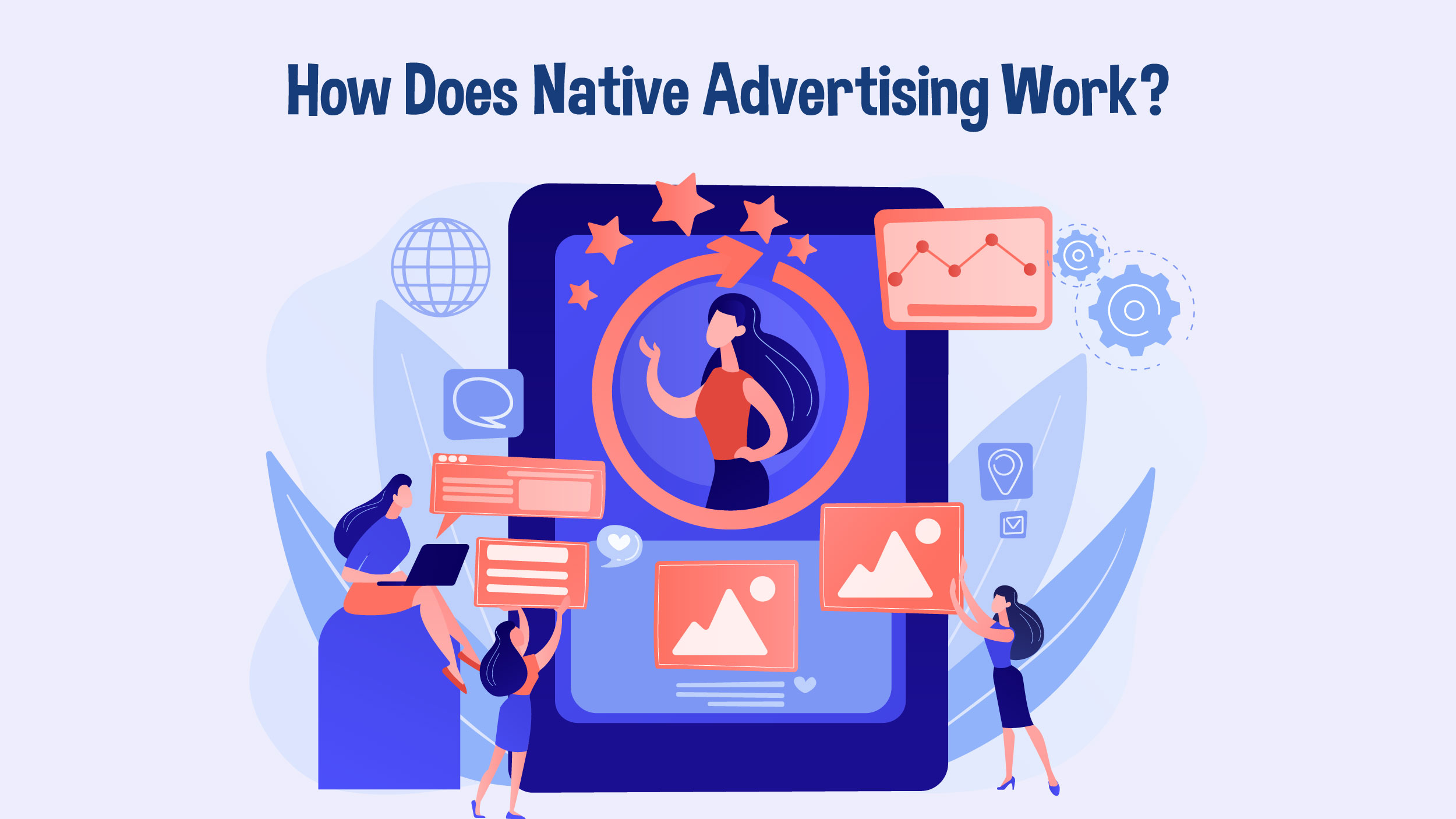You’ve probably come across native advertising without even realizing it. Nowadays, it’s all around us, and spotting it is becoming quite a challenge.
So, what’s the deal with native ads? Well, it’s a clever blend of advertising and content that makes digital ads look like a seamless part of the experience.
Let’s dig into what native advertising is all about and check out some impressive examples.
What is Native Advertising?
Native advertising refers to paid advertising that seamlessly integrates into the visual and functional aspects of the media format it is presented in, without causing any disruptions to the user’s experience.
Native ads encompass a range of examples, such as search results that are promoted and social media posts that are sponsored. These advertising methods effectively promote brands or products while providing value to the audience. Native ads can take different forms, including in-feed ads and sponsored content. Advertisers often leverage programmatic platforms to enhance the efficiency of their campaigns.
Native advertising is a broader term that encompasses various formats, such as native display advertising and more.
How Does Native Advertising Work?
 Native advertisements function in a similar manner to other forms of online advertising, offering the ability to tailor the target audience based on specific demographic characteristics.
Native advertisements function in a similar manner to other forms of online advertising, offering the ability to tailor the target audience based on specific demographic characteristics.
The placement of a native ad is contingent upon the customer’s experiences and behaviors. Advertising platforms utilize algorithms to determine the optimal timing for displaying native ads to customers, ensuring that they are presented at the right moment during the buyer’s journey.
In today’s digital age, the majority of businesses have some form of online presence, ranging from basic social media profiles to comprehensive e-commerce platforms. Utilizing native ads can greatly benefit these businesses by creating brand recognition, directing traffic to their websites, and ultimately boosting sales.
Also Read: The What, Why, and How of 360 Degree Customer View: A Complete Guide
Which Native Advertising Platforms Seal the Deal?
 In addition to providing you with a number of tools to find content, develop advertisements, and monitor the effectiveness of your ads, these native ad platforms link advertisers with top publishers that already have a large user base.
In addition to providing you with a number of tools to find content, develop advertisements, and monitor the effectiveness of your ads, these native ad platforms link advertisers with top publishers that already have a large user base.
Here are the top 3 native advertising platforms worth considering in 2023 and beyond.
1. Nativo
One of the most reliable native ad platforms for organizations looking to reach consumers through native ads is Nativo.
Brands may produce and publish eye-catching, interactive advertisements that seamlessly integrate into the design of a website or app by utilizing Nativo’s native ad networks. This increases the likelihood that consumers will see and interact with the ads.
2. Outbrain
You can’t go wrong with Outbrain if you’re seeking native advertising platforms that assist advertisers in reaching their target audiences with pertinent content.
It offers a range of tools to assist advertisers in organizing, developing, and assessing the success of their native ad campaigns, making it one of the top programmatic native ad platforms.
One of the reasons the platform generates so many views and clicks each day is that it only accepts publishers that receive one million or more visits every month.
3. Yahoo Gemini
Advertisers can run ads on Yahoo’s advertising network using Yahoo Gemini, a native ad platform. Users receive the most pertinent and helpful content possible when ads are presented in an integrated, seamless experience.
To make sure every ad is relevant, ads are provided depending on user behavior and interests.
Yahoo Gemini gives advertisers the same reach over all platforms and devices as other native ad networks, including desktop, mobile, and tablet.
Native Advertising Examples Worth Exploring
Let’s look at some of the best native advertising examples now that we’ve proven that it’s here to stay—at least for the foreseeable future.
● Spotify Playlists
Content posts aren’t the only format in which native ads can appear.
Spotify is a well-known music player that can make personalized playlists based on themes, products, or services offered by businesses. It can also leverage user data to suggest particular playlists based on listening preferences.
The collaboration between Spotify and Netflix to promote the television series “Stranger Things” is a prime example of this.
In order to be placed on a playlist based on a character, users might activate the “Stranger Things” function.
In addition to using logos and backdrop art to promote the show, this feature also connected with listeners because the playlist tracks reflected their own tastes in music.
● Twitter Hashtags
Twitter-sponsored hashtags are nothing new, but utilizing them naturally and in interesting ways will increase the visibility of your ads.
You can maximize the usage of your paid brand tag and increase brand exposure by interacting with people to encourage them to use your hashtag for various challenges or votes.
For instance, to choose the finest margarita of the year, Patrón Tequila asked Twitter users to vote for one of several recipes using the hashtag #MargaritaOfTheYear on International Margarita Day.
The hashtag prompted people to engage and share their own margarita recipes and experiences in addition to facilitating the particular Patrón Tequila vote.
The Native Ad Wrap-Up
Native advertising proves to be a powerful tool for brands to build trust and engagement, while media companies generate revenue. Crafting top-notch content and targeting demographics, geography, and customer intent enhances website traffic, elevating brand awareness and sales. The non-intrusive nature of native ads ensures a positive user experience, fostering higher retention rates and improved publisher-audience relationships, ultimately leading to additional revenue. In online marketing, native advertising emerges as a valuable tool, delivering relevant content to the right audience at the right time.


Comments are closed.